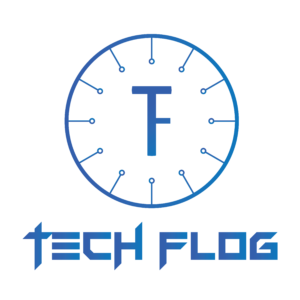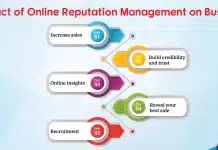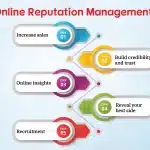Consumers have become smarter than ever and the need for good customer service has never been higher. Since all businesses are dealing with customers in one way or another, it’s become essential to pay attention to their feedback. Any business can’t simply choose to ignore the feedback, because the alternatives are always there. Customers will simply take their business elsewhere.
Companies nowadays tend to focus on creating better customer experiences so that customers stay loyal and keep coming back to them. Customer service is the one interface that ties all of this together, as it’s the first contact point for customers. To create a better customer experience, you can take notes from some of the top brands in any industry with strong customer service.
For example, CenturyLink is a very good ISP with responsive and professional customer service. If you’re not a Cox user yet, consider switching to it, and see how a strong product coupled with reliable Cox Internet Plans makes all the difference. Of course, when you note down some points, you need to arrange a customer experience workshop for your team so they can upskill and serve your customers better. Here is how you can do this.
Customer experience workshop
The basic need for setting up a customer experience workshop stems from high customer expectations. Around 72% of customers expect their customer service representative to be aware of their previous engagements and know who they are or the kind of issues they faced in the past.
By setting up a customer experience workshop, the first message you’re sending to your employees is that your business values customers a lot and so should they. Second, they need to be on top of their game when they’re handling customers on your behalf. This is why a customer experience workshop can prove to be more fruitful than you might realize.
Prerequisites before starting a customer experience workshop
An idea for a workshop starts with a plan, and then you can move on to the next steps. The first thing you need to do is set a clear objective, which is defined by the end results. Whether you want fast customer support, or you want omnichannel or multi-lingual support, a clear objective can significantly help narrow things down.
The next thing you need to do is divide the team into smaller groups and choose the right people to lead the subgroups. This is because not everyone will be able to perform a task in the most efficient way possible and some people will always be better than others. By assigning them a leadership role, you not only recognize their efforts but also put capable people in charge of others.
Lastly, you need to define clear expectations and set goals for the subgroups. This includes everything from what you expect everyone to learn in the workshop to what kind of results you want them to deliver.
During the workshop
When you’ve started the workshop and everyone is paying attention to you or the trainer, make sure that time is utilized in the most efficient manner. Humans have shorter attention spans and they tend to lose focus if the training is dragged out and non-interactive. Instead, you can try including interactive elements like trivia and quizzes so they feel more included and stay engaged. So you need to lock everything down from basics to advanced stuff.
Since you need to create the content from a customer’s standpoint, be sure to include relevant materials after researching on the internet. You can also hire a third-party trainer, but doing in-house training is more likely to yield better results.
After the workshop
After the workshop is complete, you need to share the key takeaways so if anyone missed something important during the workshop, they can easily catch up. Moreover, members can reflect back on the takeaways and quickly remember the gist of it. This includes what you found the most useful and important in the workshop.
The workshop serves as the outline and your team members should be able to navigate their way within their function themselves. You can help them set up the new techniques you’ve both agreed on and track the results as well. Nowadays you can find a ton of software that can help you keep track of the changes you made and the potential impact on your business by taking into account key metrics.
Conclusion
It’s important to note that customer needs evolve with time and what worked before may not work now. Evolution demands adaption otherwise you risk becoming extinct. You can do this by keeping an eye on the customer experience trends and keep experimenting with what’s not working. Don’t be afraid of roadblocks if you don’t hit the mark in your first few attempts.
Sources
https://feedier.com/blog/how-to-run-a-customer-experience-workshop-for-your-team/








